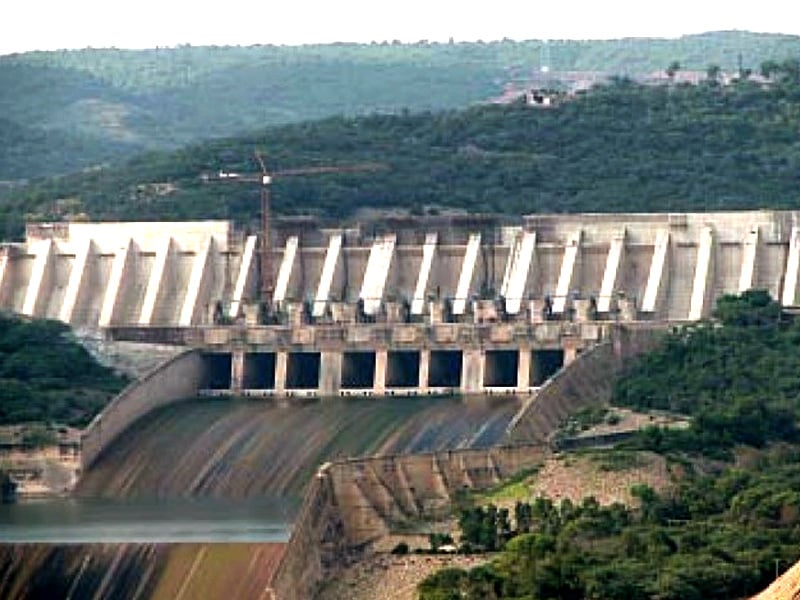
The government plans to preserve around 33,000 ancient rock carvings at the site of the Diamer-Bhasha dam, officials told The Express Tribune on Wednesday.
According to them, the government has already hired German archaeologist Dr Harald Hauptmann as a consultant for the preservation project. They said Dr Hauptmann has proposed forming replicas of all but the most important carvings due to the unfeasibility of physically removing them from the dam site.
The government will soon launch a project under Dr Hauptmann’s guidance to preserve the carvings, according to the officials. Providing details, they said all carvings at the dam site will be documented in the first phase of the project. Once the documentation process is complete, replicas of the carvings will be commissioned and put up for display in two museums to be set up in Chilas and Gilgit.
Rock carvings carrying immense historic importance will be relocated to either one of the museums physically, the officials said. They added that the government will also open the rock carvings, unlikely to be damaged by the dam’s construction for the public as tourist attractions.

We have a history
Cultural heritage management specialist Faryal Ali Gauhar, who is also a local consultant for the Cultural Heritage Management Plan (CHMP) of the proposed dam, said that the plan shall be completed by October 2013 which undertakes to promote heritage as a cultural and economic asset for the local communities.
She said that the rock carvings can be attributed to eight different main stages. The earliest group originating from the Late Stone Age to the Neolithic Period (9th-4th millennium BCE) comprises images of game representing the world of prehistoric hunters and gatherers. They also belong to Bronze Age (3rd millennium BCE), a large complex of most impressive carvings depicting singular giant figures and masks of a shamanistic background, which have parallels in Central Asia.

Early Iron Age based images chiselled in the distinct Eurasian animal style are testimonies of a new ethnic movement from the northern steppes. Since the beginning of the 1st millennium BCE Scythian or Saka tribes invaded the upper Indus region. 6th century BCE Iranian influence is reflected by perfectly executed petroglyphs depicting warriors, stylised horses and fabulous creatures.
With the beginning of the Early Buddhist phase (1st-3rd century C.E) the region enters the stage of history as images of stupas worshipped by pilgrims, and in particular, the first inscriptions in Kharosthi. During the Golden age of Buddhism (5th-8th century) the existence of three kingdoms, Little Palur, Great Palur and the principality of the Dards, is attested by inscriptions in Brahmi.
The last group comprising simple drawings of warriors, horsemen with their symbols battle axe and sun disc and the absence of inscriptions indicate an Anti-Buddhist movement starting from the 9th century.
Spending on heritage
Sources said the government has hired the services of cultural heritage and development consultants Rogers Kolachi Khan and Associates for the special project as well.
Published in The Express Tribune, August 23rd, 2013.
COMMENTS (1)
Comments are moderated and generally will be posted if they are on-topic and not abusive.
For more information, please see our Comments FAQ
1732090022-0/Elmo-and-Amelia-(1)1732090022-0-405x300.webp)
1725523665-0/Minecraft-Movie-(1)1725523665-0-165x106.webp)

1732089759-0/BeFunky-collage-(75)1732089759-0-165x106.webp)

1730886375-0/Untitled-design-(46)1730886375-0-270x192.webp)











So ADB will also loan USD 10 Mn towards the cost of this preservation project? ++++++++++++++++++++++++++++++++++++++++++++++++ Btw there is no confirmation of the FM statement that the WB is supporting the Loan for this project.